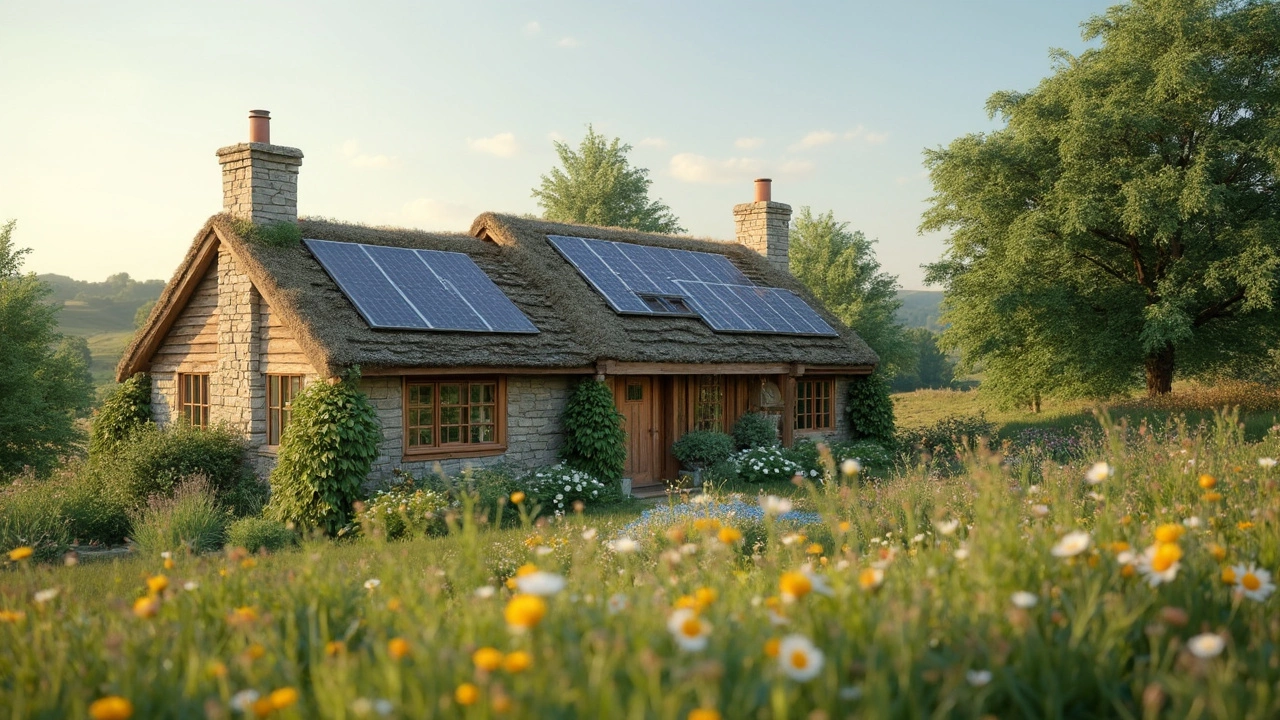
Low Carbon Homes: Quick Guides to a Greener Home
If you’re watching your energy bills and the planet at the same time, low carbon homes are the answer. A low carbon home isn’t a futuristic concept – it’s about everyday choices that trim emissions without breaking the bank. Below you’ll find straight‑forward steps you can take right now.
Why low carbon homes matter
Every kilowatt‑hour of electricity you use adds carbon to the atmosphere, especially if the power comes from fossil fuels. By cutting that demand you lower your bill and shrink your carbon footprint. In the UK, homes account for about a third of national emissions, so even modest improvements make a big difference. Plus, low carbon homes tend to stay cooler in summer and warmer in winter, meaning you spend less on heating and cooling.
How to make your home low carbon
1. Seal the leaks. Drafty windows and doors let warm air escape in winter and hot air in summer. Use weather‑stripping, caulk, or foam sealant to close gaps. A quick blower‑door test can show you where the biggest leaks are.
2. Upgrade insulation. Adding loft insulation, cavity wall fill, or insulated plasterboard cuts heat loss dramatically. Most insulation products are cheap and you can often claim government rebates.
3. Choose efficient appliances. Look for the EU energy label – A++ or A+++ models use far less power. Swap old fridges, washing machines, and lights for newer, low‑energy versions.
4. Switch to renewable power. Many UK providers now offer 100 % renewable electricity. If your supplier doesn’t, consider a small solar panel kit on your roof or in the garden.
5. Install smart controls. Programmable thermostats, motion‑sensor lights, and smart plugs let you turn off devices when they’re not needed. Set heating to lower when you’re out and raise it just before you return.
6. Use low‑carbon building materials. When you remodel, pick reclaimed wood, recycled metal, or low‑embodied‑energy bricks. These materials store less carbon than new concrete or timber.
7. Adopt water‑saving fixtures. Low‑flow taps and dual‑flush toilets reduce the energy needed to heat water, cutting both water waste and emissions.
Every improvement adds up. Start with the cheapest, easiest fixes like sealing drafts, then move on to bigger projects such as insulation or solar panels. Track your energy use with a smart meter – you’ll see the impact of each change.Low carbon homes also boost resale value. Buyers are increasingly looking for properties that are cheap to run and kind to the climate. By making these upgrades now, you protect the planet and your pocket.
Ready to cut carbon and save money? Pick one tip, implement it this week, and watch the difference. You’ll feel good knowing your home is greener, and you’ll enjoy lower bills for years to come.
